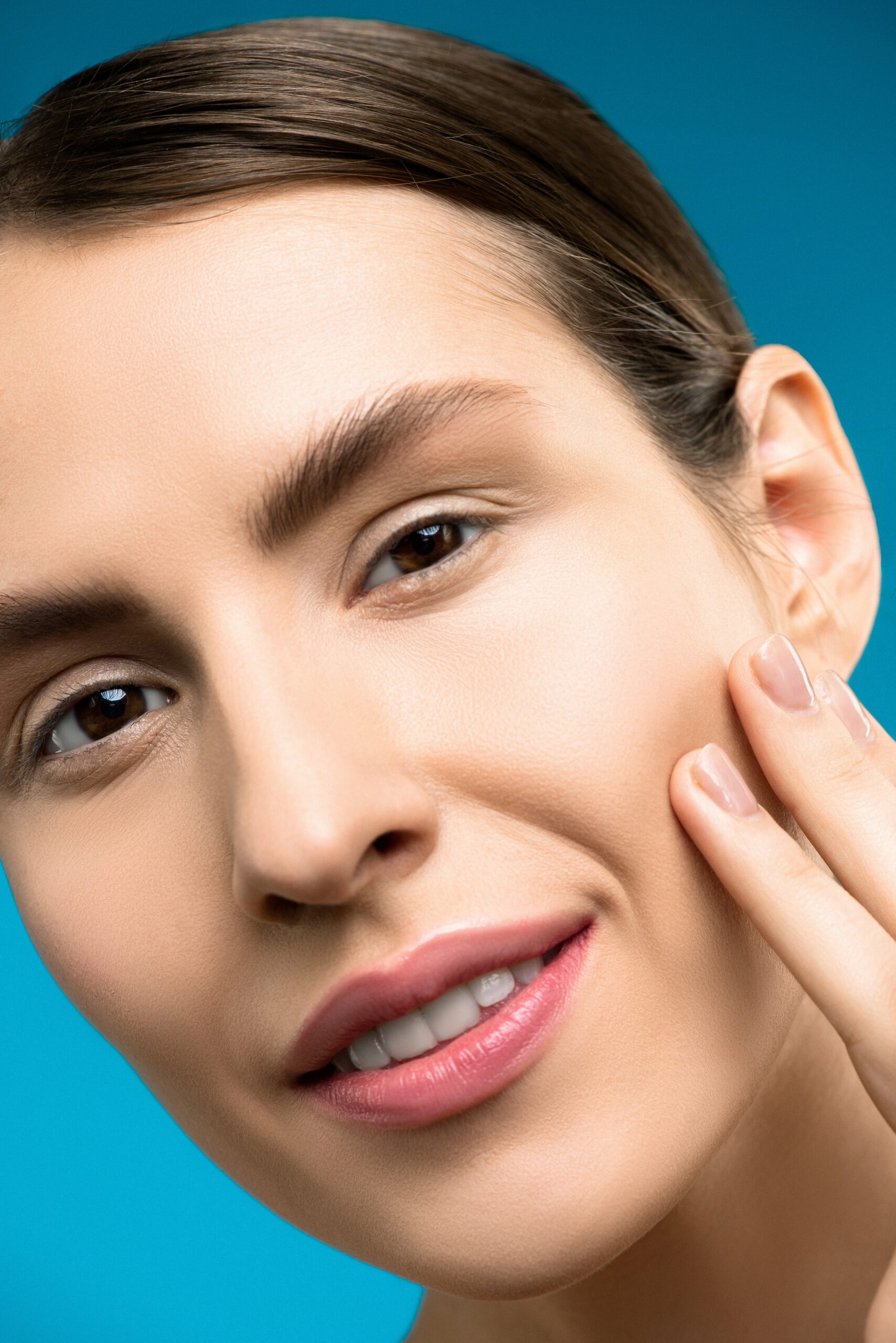Dermatology Compounding
Compounding Alternatives & Advantages For Dermatology
A compounding pharmacy can make medications that have been discontinued, experiencing drug shortages, or not available in the United States. Dermatologists and other prescribers use a compounding pharmacy to obtain products that are more potent and effective than what they can get from drug manufacturers.
i.e. Hydroquinone is only available in formulations of 4-6%. A compounding pharmacy can make a formulation with 6%, 8%, or 10% hydroquinone. Other ingredients can be added to this formulation for relief in irritation.
There are many combinations of ingredients that can be made by a compounding pharmacy that are not commercially available as well as options that are non-comedogenic, hypoallergenic, oil-free, paraben-free and petrolatum-free.
Skin Disorders
Disorders of the skin can be a problem among patients of all ages. Common problems include: scarring, acne, rosacea, skin discoloration, psoriasis, and eczema. Numerous medications exist to help these conditions, but can often be costly and not covered by insurance. Pharmacists will work with your medical provider to provide a customized dermatological compounded formula for treating your condition at an affordable cost.
Compounding Can Be an Essential Resource
A Compounding pharmacy can be an essential resource for a patient who is suffering from a severe skin condition. This is especially helpful regarding patients that do not respond to other treatments.
Compounding can be utilized to treat a variety of dermatological conditions often by using a combination of drug products and strengths




